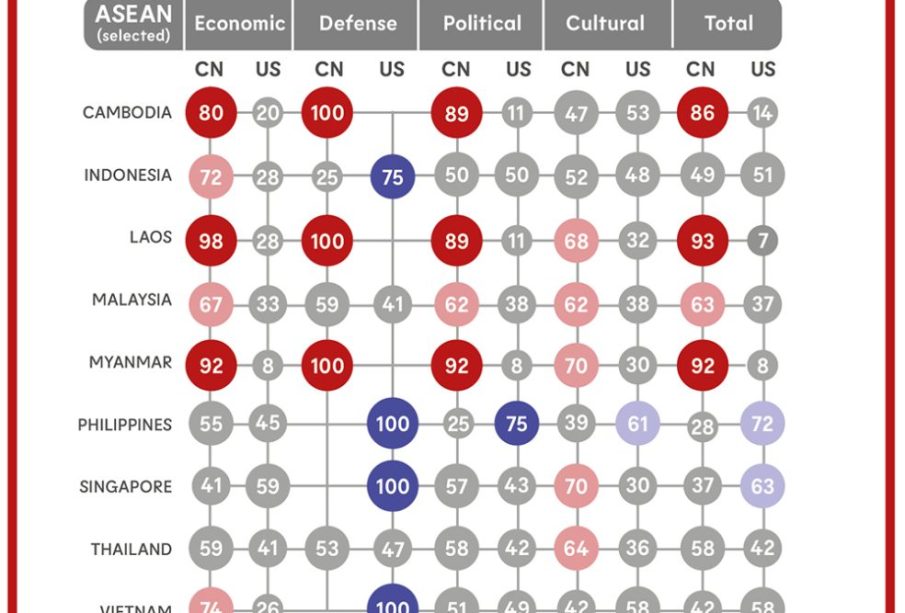Understanding ASEAN: A Key to Southeast Asia’s Future

Introduction
The Association of Southeast Asian Nations (ASEAN) has emerged as an important regional bloc in today’s global landscape. Established on August 8, 1967, ASEAN aims to promote political and economic stability, cultural exchange, and regional cooperation among its ten member states: Brunei, Cambodia, Indonesia, Laos, Malaysia, Myanmar, the Philippines, Singapore, Thailand, and Vietnam. In a rapidly changing global environment, the role of ASEAN is becoming increasingly relevant as it navigates challenges such as economic recovery post-COVID-19, geopolitical tensions, and sustainability efforts.
Recent Developments
As of 2023, ASEAN has made significant strides in enhancing regional cooperation, particularly in the realms of economic integration and response to climate change. The region, known for its collective GDP of over $3 trillion, is currently prioritizing the development of the ASEAN Economic Community (AEC) to facilitate trade and investment among member nations. In a recent summit held in Jakarta, leaders discussed the implementation of the ASEAN Comprehensive Recovery Framework, which aims to recover and transform economies in the wake of the pandemic.
Moreover, ASEAN is actively involved in addressing the urgency of climate change. Recently, member states presented their commitments to achieving net-zero carbon emissions by 2050. Notably, the bloc is collaborating with international partners to facilitate sustainable development, focusing on renewable energy projects and disaster resilience strategies.
Geopolitical Tensions and ASEAN’s Role
ASEAN is also navigating increasing geopolitical tensions in the South China Sea, where territorial disputes have raised concerns among member nations. Instead of taking sides, ASEAN has emphasized the importance of dialogue and peaceful resolution, often calling for adherence to international law. This strategic approach seeks to maintain stability in the region while fostering strong ties with external powers like the United States and China.
Conclusion
As ASEAN continues to strengthen its footprint in international affairs, its commitment to economic integration, climate action, and peaceful conflict resolution stands as a testament to its relevance in addressing both regional and global challenges. Looking ahead, ASEAN’s unity and proactive approach will be pivotal in shaping the geopolitical landscape of Southeast Asia. For readers, staying informed about ASEAN’s developments can provide insights into the future of economic opportunities and geopolitical stability in one of the most dynamic regions of the world.









